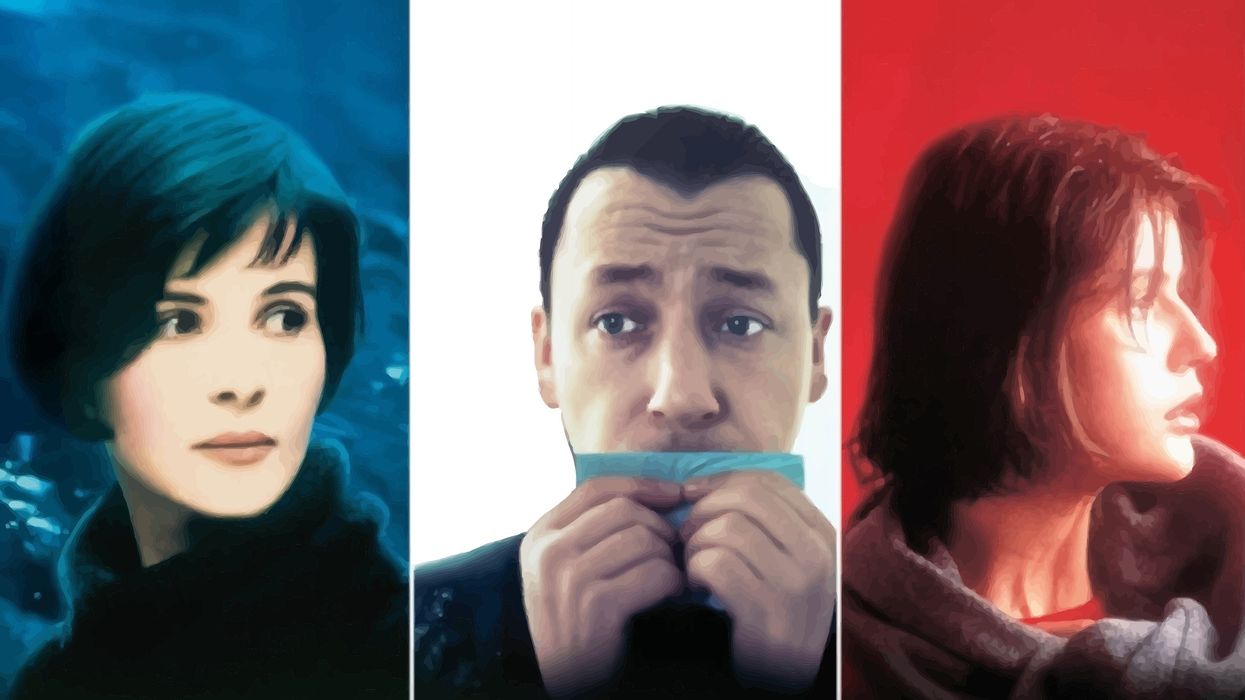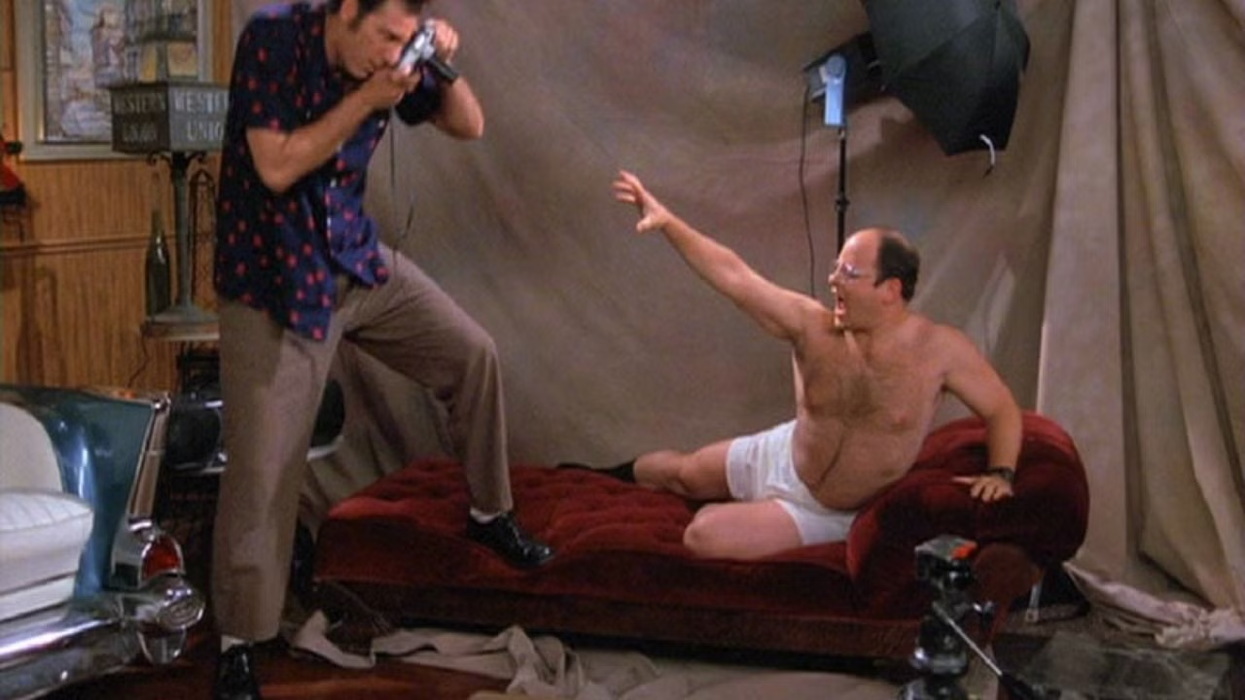Red, White & Blue: Three Filmmaking Lessons from Krzysztof Kieslowski
Krzysztof Kieslowski was one of the most acclaimed directors of all time, and his Three Colors Trilogy, consisting of the films Blue, White and Red, is one of the great achievements in modern cinema.

Kieslowski's trilogy takes its inspiration from the French flag, both in color scheme and content, i.e., the three ideals of the French Revolution, liberty, equality, and fraternity, ideas that had a titanic influence on European and American cultural thought. Regarding his choice to structure his films this way, he said, "When you deal with [the values] practically, you do not know how to live with them. Do people really want liberty, equality, fraternity? Is it not some manner of speaking?” But like almost no other trilogy, these three films work together in an intricate manner that can only be comprehended by viewing the whole.
Check out these videos for three lessons, one for each film, from the master filmmaker.
Blue: Relating each shot to the theme
Blue is the most subjective of the films, told entirely from the perspective of Juliette Binoche's character, whose composer husband and child have died in a car accident. She attempts suicide and tries to cut herself off from life, but finds herself inexorably drawn back into it. In the video below he discusses one shot, a close-up of a sugar cube, and how each shot relates to the theme of the larger film:
There are a few details like this in the movie. We made a very tight shot of the sugar cube sucking up the coffee to show that nothing around her matters to her, not other people, not their business, nor the boy, the man who loves her and went through a great ordeal to find her. She just doesn’t care. Only the sugar cube matters, and she intentionally focuses on it to shut out all the things she doesn’t accept.
White: Setting up the theme of your film with metaphors
The second film of the trilogy, the one concerned with equality, is lighter in tone than the first. Here, Kieslowski discusses the beginning of the film, and how he replaced his original idea for the opening shot. All three films begin, he says, "in the basement of civilization," in this case an airport, where we focus on a suitcase on a conveyer belt. Each film also begins with a technological process: a car leaking brake fluid, a suitcase, and a tangle of wires. And all three films end with images of human characters and their involvement with each other.
Red: Telling vs. Showing
In this video lesson about the final film in his trilogy, Kieslowski discusses the method by which he subtly placed certain shots to communicate his meaning: "You can incorporate in a movie," he says, "details that are subconsciously observed by the audience." Stanley Kubrick, a huge admirer, wrote about his body of work in his foreward to the screenplays for Kieslowski's Decalogue,
"By making their points through the dramatic action of the story they gain the added power of allowing the audience to discover what's really going on rather than being told. They do this with such dazzling skill, you never see the ideas coming and don't realize until much later how profoundly they have reached your heart."
This is a lesson for all students of cinema, and one that Kieslowski ably demonstrates here.
Kieslowski was a master filmmaker and his films are an invaluable contribution to modern cinematic art. In The Color Trilogy, he demonstrates an astonishing grasp of his craft and the lessons he has for every filmmakers on how to craft ideas into images that affect the audience are both enlightening and entertaining. Here he is in a rare interview, discussing the trilogy in its entirety:
For a self-described pessimist who once remarked that "the future is a black hole," Kieslowski brought a remarkably humanist sensibility to cinema. Following Red, Kieslowski retired in 1994, at the age of 52. He died unexpectedly, two years later after bypass surgery. But in his relatively short career, he brought a humanist sensibility to film that continues to inspire filmmakers, and these lessons are a gift to anyone who loves, or makes, films.











